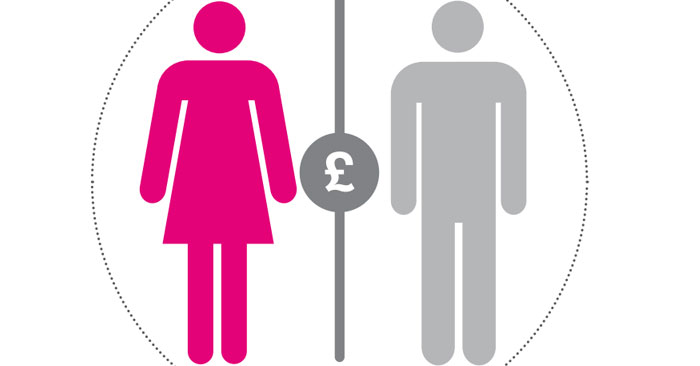The Equality Act 2010 (Gender Pay Gap Information) Regulations 2017 ("Regulations") require employers with more than 250 employees to publish details of their gender pay gap by 4 April each year. Employers in the public sector must publish their reports by 30 March.
Reports due by 4 April 2019 will be based on a "snapshot" of the gender pay gap at 5 April 2018 and bonus details for the 12 months preceding 5 April 2018, i.e. from 6 April 2017 to 5 April 2018.
If you would like further information on preparing your report please see our Gender Pay Gap Guide for Employers
To date 3,133 employers have reported their gender pay gap relating to the snapshot date of 5 April 2018 (please see details of gender pay gap reporting). Initial statistical analysis by the BBC indicates that four in 10 private companies are reporting wider gaps than they did last year. Further analysis once the deadline for reporting has passed will provide a clearer picture of any identifiable trends.
Action Plan
Identifying the reason for the gender pay gap is an essential first step. Often, not always, the gap is due to few women being appointed to senior roles. Employers should consider what action can be taken to redress any such imbalance. Although there is no quick fix to resolve the gender pay gap, employers should consider implementing a gender pay action plan, including taking steps such as: promoting flexible working, making job shares more attractive, implementing programmes to mentor and sponsor women in the business, providing unconscious bias training and appointing a diversity manager.
The Government has produced guidance for employers on how to address the gender pay gap including Four steps to developing a gender pay gap action plan and Eight ways to understand your organisation’s gender pay gap.
What's next for gender pay?
The Government recently responded to the Business, Energy and Industrial Strategy ("BEIS") committee report on gender pay gap reporting and confirmed that there will be no immediate changes to the reporting regime. The reporting obligations will not be extended to employers with fewer than 250 employees and partner remuneration will remain excluded.
Although gender pay and equal pay are two distinct concepts, the heightened interest in pay following the gender pay gap reports and the number of high profile equal pay cases such as Asda Stores Limited v Brierley and others may well lead to a rise in equal pay claims. Employers may find they receive questions from employees who wish to establish whether they have an equal pay claim and should prepare themselves for such enquiries.
For more information, if you would like to discuss any aspect of these changes and the impact upon your business in more detail, or if you would like information on how DWF can support your business in the auditing and report process please get in touch.















